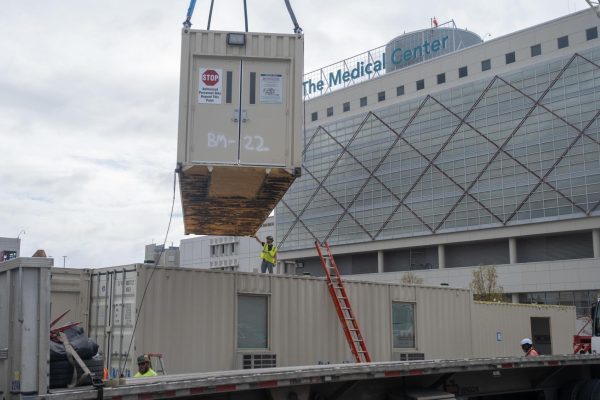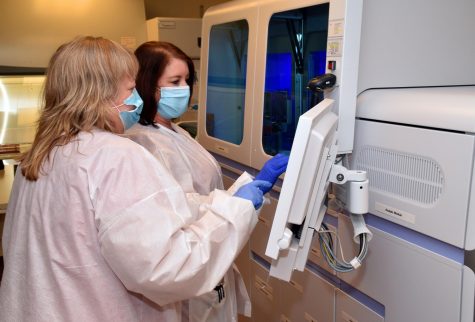How an essential worker is operating in a pandemic
Recent discourse about essential workers typically describes those in healthcare or food service, but another type of essential worker are those employed by businesses in essential supply chains. Curt Golden, a native of Dallas, Ga., works at one of these essential suppliers.
Golden is the senior manager of business development at Aerospace Fabrications of Georgia, a company that produces aircraft parts for the military. Often contracted indirectly or directly by the Department of Defense, Golden’s employer cannot suspend operations due to COVID-19.
“We have to keep production going,” Golden said. “We can’t have line shortages and aircraft on the ground, because a lot of these aircraft are used to deliver essential supplies and for humanitarian missions in addition to their military uses.”
As an administrative employee, Golden is able to work from home for part of the week. Those who work in the production process have to come to work to do their jobs, but Golden said the daily functions of the production floor haven’t changed drastically. Even before social distancing guidelines were set in place, production employees typically worked at least ten feet apart, and personal protective equipment is standard for anyone working on the floor.
“Everyone has been, I would say, probably overly vigilant in a good way,” Golden said. “As far as keeping directors informed if someone that’s in their circle of people outside of the workplace comes down with any type of symptoms.”
Although operations are similar, Golden said the office environment is noticeably different. Usually in a shared office with members of his department, Golden and his co-workers now come to work alone in staggered shifts.
“There is a little bit of a weird energy. We have tried to make a conscious effort to communicate via telephone or email just to limit personal contact as much as possible. Those are those little things that do make the workplace feel a little bit different,” Golden said.












